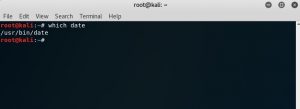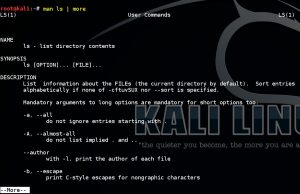The UNIX operating system, which was developed at the AT & T Bell Labs in the late 1960s, was adopted by certain organizations throughout time and ceased to be free software; Linus Torvald, was a student at the University of Helsinki in 1991, wrote a UNIX-based operating system with many improvements/innovations and named it Linus. Linus spread over the Internet in a very short time and was developed by many programmers. In time, different organizations have developed different versions using the kernel of this operating system and the common name “Linux” has been used.
Features
Reliability
Contains GPL (Public License) Softwares
Linux can work on different platforms (Intel, Alpha, PPC, Sparc, …) with low-configuration systems
Fast development and worldwide support
Unix and Windows support
Personalization and program alternatives
Option to work in different modes
Graphics interface management
Basic Linux Commands
#which
Gives you locate a command – the file and the path of the file that gets executed.

#whatis
Displays single-line manual page descriptions.

#man
Gives detailed usage information about the specified command.

#locate
Specifies the directory where the file is located.

#echo
Displays whatever input text is given to it.





